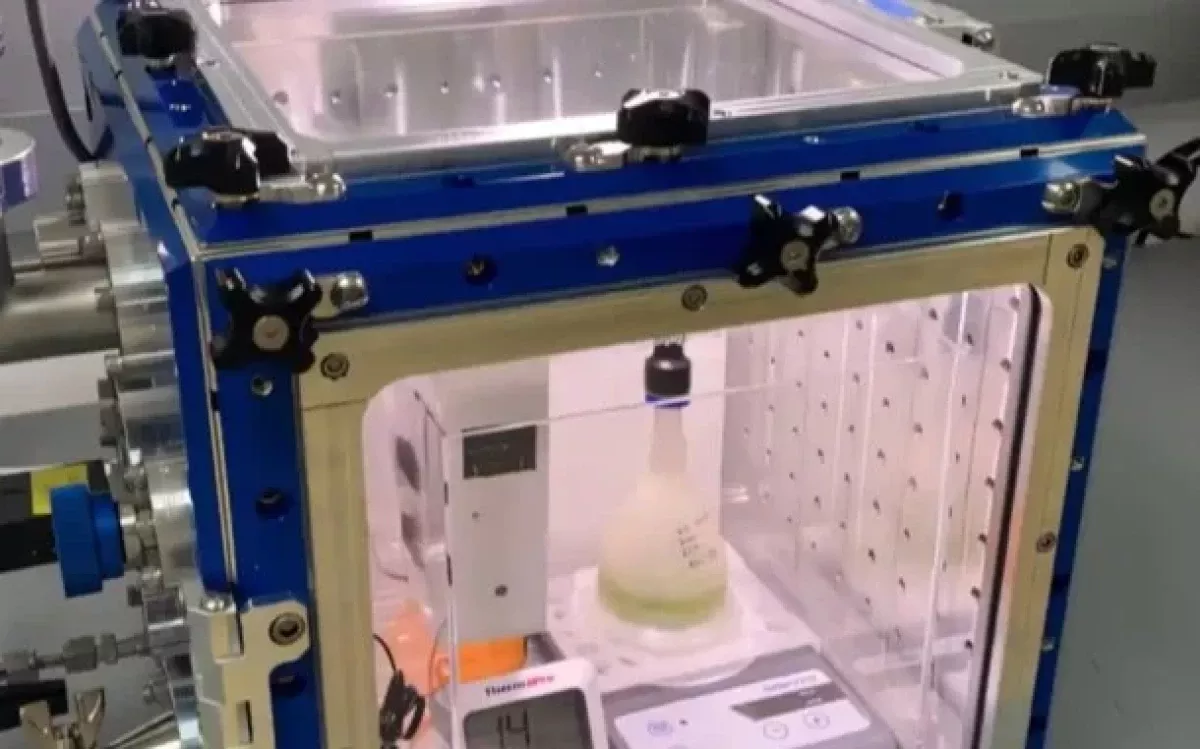
Harvard University scientists have successfully cultivated aquatic plants in conditions similar to those on Mars. This was reported by Zamin.uz.
The research was led by climatologist and planetologist Robin Wordsworth. The specialists created a special chamber in the laboratory based on polylactic acid, a renewable and fully biodegradable bioplastic.
This chamber was printed using a 3D printer and was organized to match the internal environment to the Martian atmosphere. Inside the chamber, there was low pressure—less than one percent of Earth’s pressure—and a high level of carbon dioxide.
For the experiment, aquatic plants of the species Dunaliella tertiolecta were used. Despite the difficult and extreme conditions, the aquatic plants not only survived but also carried out an effective photosynthesis process.
This experiment demonstrated that bioplastic materials could play an important role in creating environmentally friendly and living structures on other planets in the future. The most important aspect is that such bioplastic constructions can be prepared and installed on-site, meaning there is no need to manufacture them on Earth and transport them over long distances.
Moreover, the specialists emphasize that research is still ongoing. Creating stable and long-term ecosystems that do not exist on Earth will require many years and extensive research.
However, the initial scientific achievements could be an important step in exploring the possibilities of life beyond our planet.







